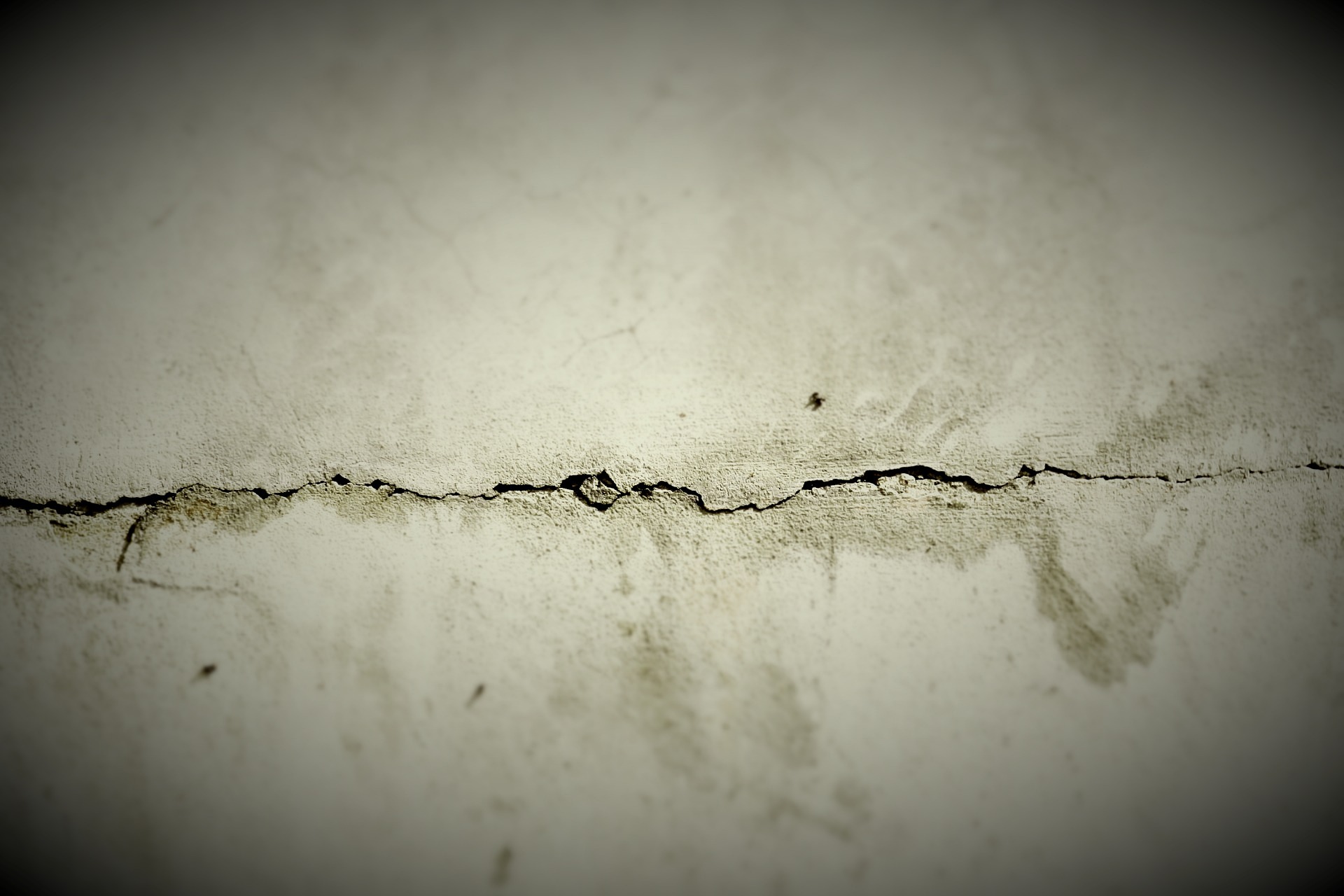Mastering Concrete Crack Restoration: Strength Meets Beauty
Discover the essential techniques for identifying, repairing, and preventing concrete cracks in your property. This comprehensive guide equips homeowners and building managers with expert knowledge to tackle common issues, from hairline fractures to structural damage. Learn when to DIY and when to call professionals, ensuring your concrete structures remain robust and visually appealing for years to come.

Concrete, while renowned for its durability, isn’t impervious to damage. Various factors can lead to cracking, compromising both structural integrity and aesthetic appeal. Understanding these causes is crucial for effective repair and prevention strategies.
Common Causes of Concrete Cracks
-
Shrinkage: As concrete cures and dries, it naturally contracts, potentially resulting in cracks.
-
Settlement: Shifts in the underlying soil can cause concrete to settle unevenly, leading to fractures.
-
Excessive Load: When concrete endures weight beyond its design capacity, cracks may form.
-
Temperature Fluctuations: The expansion and contraction of concrete due to temperature changes can induce stress and cracking.
-
Reinforcement Corrosion: Rusting steel within concrete expands, potentially causing surrounding concrete to crack.
Identifying the root cause is essential for determining the most suitable repair approach.
Identifying Concrete Crack Types
Accurate diagnosis of crack types is the first step towards effective repair. Here are the most common varieties:
-
Hairline Cracks: These superficial, thin cracks typically don’t affect structural integrity.
-
Shrinkage Cracks: Often appearing in random patterns, these result from the curing process.
-
Settlement Cracks: Characterized by wider openings at one end, indicating partial structural sinking.
-
Structural Cracks: Typically wider than 1/4 inch, these may signal serious structural concerns.
-
Crazing Cracks: A network of fine surface cracks, often caused by rapid drying.
Each crack type may require a unique repair strategy, emphasizing the importance of accurate identification.
Effective Concrete Crack Repair Techniques
The optimal repair method depends on the crack’s size, depth, and cause. Consider these common approaches:
-
Epoxy Injection: Ideal for structural cracks, this method bonds the crack with injected epoxy.
-
Routing and Sealing: Non-structural cracks are widened and filled with flexible sealant.
-
Crack Stitching: Large cracks can be reinforced using metal staples or ‘stitching dogs’.
-
Gravity Filling: Horizontal cracks benefit from low-viscosity resin poured directly into the opening.
-
Overlay or Resurfacing: For widespread surface cracking, applying a new concrete layer can restore a smooth, crack-free surface.
The chosen method should align with the specific crack characteristics and desired outcome.
When to Seek Professional Concrete Repair Services
While minor cracks may be suitable for DIY repair, certain situations demand expert intervention:
-
Structural Integrity Issues: Any crack potentially affecting building stability requires professional assessment.
-
Extensive Damage: Cracks wider than 1/4 inch or extending through the entire slab need specialized attention.
-
Persistent Fractures: Recurring cracks post-repair may indicate underlying problems requiring expert diagnosis.
-
Water Infiltration: Cracks allowing water seepage into the building should be addressed by professionals.
-
Foundation Damage: Any foundation cracks warrant immediate expert inspection and repair.
Concrete repair specialists possess the expertise and equipment to effectively diagnose and resolve complex issues.
Strategies for Preventing Future Concrete Cracks
Proactive measures can significantly reduce the likelihood of concrete cracking:
-
Proper Mixture and Curing: Use appropriate concrete mixes and allow adequate curing time for optimal strength.
-
Reinforcement Integration: Incorporate steel rebar or wire mesh to enhance concrete strength and distribute stress.
-
Strategic Joint Placement: Install control joints to direct cracking to predetermined, non-critical areas.
-
Efficient Drainage: Ensure proper water drainage away from concrete structures to prevent erosion and settling.
-
Regular Maintenance: Apply periodic sealants to protect concrete surfaces from moisture and chemical intrusion.
Implementing these preventive strategies can extend the lifespan of concrete structures and minimize repair needs.
Mastering concrete crack repair is essential for maintaining the longevity, safety, and appearance of buildings and homes. By understanding the causes, types, and repair methods for concrete cracks, property owners can make informed decisions about maintenance and repairs. Remember, addressing cracks promptly can prevent more significant structural issues in the future, preserving both the strength and beauty of your concrete assets for years to come.






